General description
A smart warehouse lighting solution is aimed to create a digital network of intelligent, sensor-laden lighting systems that operate with a high level of energy effectiveness, provide highly controllable illumination to support flexible use of a space, and deliver good visibility to support a safe and productive working environment. As LED technology has made its way into warehouse lighting applications, there is an increasing need to build advanced control functionality into warehouse lighting systems. High source efficacies are only one aspect of energy effectiveness with LED technology. Significant additional energy savings can be achieved through optimization of intensity level of LED lighting systems, and even optimization of the spectral power distribution (SPD) for the function of the light. Unlocking the full energy saving potential of LED lighting while simultaneously supporting occupant satisfaction of use of a space requires the lighting systems to dynamically adapt with the changing contexts such that the right amount and composition of light is delivered where it is needed and when it is needed.
Application context
As the skyrocketing e-commerce growth is driving transformations in the way the supply chain is managed, the warehousing industry is in an era of change and undergoing its own growing pains to support this new landscape. Warehouses and distribution centers are defined as buildings or structures that are used by manufacturers, importers, exporters, wholesalers, retailers, transport businesses and customs primarily for the receipt, storage, possible packing/modification/customization, and distribution of raw materials or manufactured goods that are enroute from production sites to where they are used or consumed.
The core differentiating features of the variety of warehouses and distribution centers are overall building design, ceiling height, physical structure, functionality, and loading capabilities. Regional warehouses, also referred to as local warehouses or office warehouses, have a ceiling height in the range of 16 to 24 feet (4.9 to 7.3 m) and a storage area that generally does not exceed 100,000 square feet (9,290 square meters). They are used to store goods and lack manufacturing attributes. Bulk warehouses are large in size, which usually exceeds 100,000 square feet and can go up to 1,000,000 square feet (92,903 square meters). Ceilings can be in excess of 20 feet in height and even a height over 30 feet is normal. These facilities are designed for stocking large amounts of goods for varying lengths of time. They have high loading requirements and a typical ratio of 10,000 square feet for one dock. Heavy distribution buildings are used primarily for the function of distribution, rather than warehousing. The size of these facilities ranges from 100,000 to 500,000 square feet (9,290 to 46,451 square meters). The ceilings average 28 feet (8.5 m) high.
Regional, bulk and heavy distribution warehouses may be designed for open storage or for use with fixed or mobile rack systems. Rack supported warehouses are high rise buildings that have ceilings as high as 100 feet (30.5 m). The warehousing operation in these buildings is usually completely automated. Warehousing facilities also come in other specialties such as refrigerated distribution buildings, controlled humidity (CH) warehouses, and warehouses specially designed for hazardous material storage.
Warehouse lighting systems
Being one of the core components of the flourishing supply chain industry, today’s warehousing facilities are primed for an automation boom, and so is warehouse lighting. Warehouse lighting is the realm of high bay and low bay lights. High bay lights are used in warehouses where ceiling heights are not less than 20 feet (6.1 meters) and the application requires a spacing-to-ceiling height ratio of 1.5 or less. Low bay lights are installed in spaces where ceiling is less than 20 feet (6.1 meters) high and a spacing-to-ceiling height ratio greater than 1.5 is required for the application. High bay lights are characterized by higher lumen output and narrower light distribution. Low bay lights produce an output of less than 10,000 lumens and have a wider light distribution to maximize fixture spacing. Because of the lower mounting heights and wider flood beam of this type of warehouse lights, tighter glare control must be exercised.
High bay lights are the workhorse lighting systems in warehousing applications as the clear heights of today’s commercial and industrial warehouses are usually greater than 20 feet. The never-ending pursuit of warehousing efficiency is driving the accelerating trend of building storage and distribution facilities with taller clear heights. The soaring demand for storage volumes causes facility tenants to look skyward and think of increasing cubic capacity, rather than square footage, for stacking and racking. As a result, new logistics centers are growing taller and taller, with clear heights rising gradually to 24, 28, 32, 36 feet, or even higher. As a related issue, providing adequate illuminance at the task plane becomes more of a challenge due to the raised mounting heights of the light fixtures.
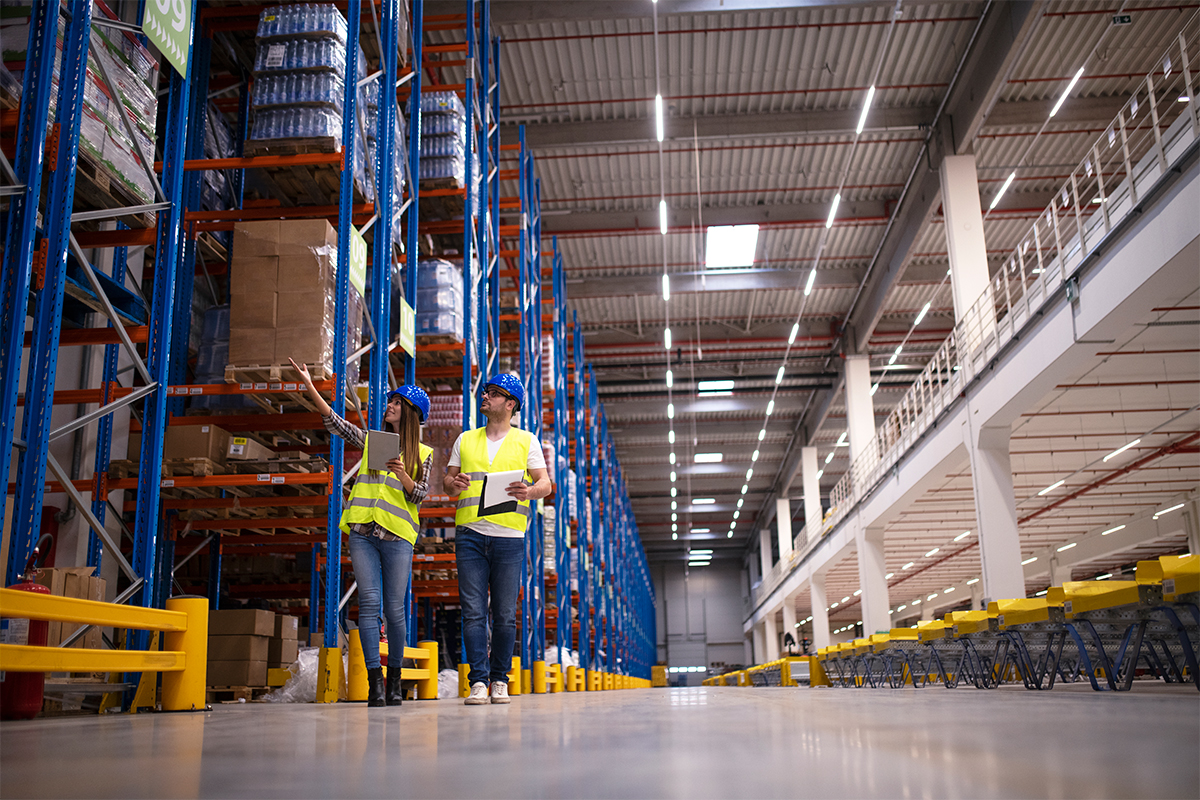
The lighting revolution ushers in a new era of smart lighting
With redefined capabilities, impressive efficiency and enduring performance, LED lighting has become a universal choice for virtually all conceivable applications. The introduction of this technology into warehouse lighting opened up a world of possibilities for energy savings and organizational productivity improvement. The compelling benefits of high source efficacy, enhanced product life, maintenance-free operation and reduced environmental impact propelled a complete technological switchover from fluorescent and HID lighting to the new technology.
Achieving the required illuminance level for a particular application at the lowest possible energy consumption becomes critical as energy costs climb and as government regulations and energy codes clamp down on waste of energy resources. The LED technology platform provides the opportunity of holistically optimizing all lighting application efficiency (LAE) factors—optical delivery efficiency, spectral efficiency, and intensity effectiveness—to maximize energy effectiveness beyond just improvements to light source efficiency.
Effective luminaire design exploiting the directionality and small size of LEDs can not only translate to lower optical losses, higher luminaire efficacy, but also enable a greater variety of optical arrangements. Delivering homogeneous illumination and high vertical illuminance on racking becomes possible with LED lighting. The spectrum of light emitted by a warehouse lighting system can be tailored at the package level (through phosphor conversion) or the module level (through dynamic color mixing of multiple LED primaries) to achieve a balance between the color rendering, color temperature and luminous efficacy of radiation (LER). With instantaneous dimmability over a wide range of intensity and superior switching performance (long switching cycles, instant start/restrike), LED lighting systems provide the ability to deliver the right amount of light on demand and thus usher in better intensity effectiveness.
Static lighting is inefficient
Conventional LED lighting, however, is still a drain on resources. Tall clear heights and expansive storage areas prevalent in warehousing facilities make it a necessity to use a large number of high power LED luminaires. No longer are lighting controls an extra or an afterthought in these facilities. A static lighting solution can produce a significant amount of energy waste as a result of excessive lighting throughout the space. Warehouse lighting should be flexibly adaptable to task needs and create a dynamically responsive environment by delivering the right quantity of light (illuminance) based on the task location, the time to perform the task, the various luminous parameters required for the safe, efficient and effective accomplishment of the task, and daylight availability. While additional energy savings can be achieved by building the capabilities of personal tuning (manual switching and dimming), time scheduling, occupancy sensing and daylight harvesting into individual warehouse lighting systems or lighting circuits, the traditional concept of controls implementation is inherently not scalable and lacks flexibility.
Digital networking of intelligent LED lights
A smart warehouse lighting solution puts the management and automation of lighting systems under digital control. It coordinates a massive volume of heterogeneous systems and devices, ranging from lighting systems to occupancy sensors, daylight sensors and control devices, into a holistic network to collaborate and communicate each other. The result is a highly flexible, adaptable, scalable and interoperable control solution that affords individual and centralized configuration, commissioning, monitoring, and troubleshooting.
The fundamental philosophy of smart warehouse lighting is about digital networking of intelligent LED lights and other interconnected nodes. Control zoning is implemented digitally using software terminations, which eliminates the constraint imposed by the hardwired, circuit-based approach. This capability allows addressability to be built into individual luminaires, which in turn enables granular control of each luminaire and formation of control zones with a conceptual group of luminaires. A single luminaire or a group of luminaires can be assigned to different zones, allowing different control strategies to be executed under different circumstances.
With control commands communicated in digital formats, control zones, lighting control strategies and intelligent lighting features can be configured, implemented or enabled through software programming. Centrally managed lighting control systems can be made interoperable with building automation systems when they are configured to the same software protocol. Two-way communication is made possible with soft wiring terminations. Two-way communication allows the control system to log the real-time state of lighting systems, measure and report energy usage, and inform if lights are malfunctioning or lumen maintenance dimming should be made.

Interoperability reigns
The convergence of control flexibility and automation provides the chance to wring inefficiencies out of warehouse lighting operations. In the digital network, individual luminaires or individual groups of luminaires can work with its neighbors and utilize sensed data to understand how the space is used and generate predictive or interactive lighting controls. Today’s smart warehouse lighting solutions are being designed to support the trend toward using smaller control zones to maximize energy savings.
In addition to automate lighting to execute conventional control strategies such as time scheduling, institutional dimming, demand response and adaptive compensations, new capabilities have been injected into warehouse lighting control. When an occupancy sensor detects motion in a warehouse, it fires off a split-second command to turn on or dim up the connected luminaires. At the same time, the previously activated luminaires will be switched off or dimmed down upon receiving the data about the activation of the luminaires in the neighboring zone, assuming no further human presence is sensed. Luminaires in all affected control zones will participate in the job successively to create a dynamically illuminated environment and provide the right amount of light on demand.
Implementing zoning with software addressing also makes it easy to tailor lighting to the dimension of daylight zones which are required to be controlled separately by the latest generation of commercial building codes and standards.
Connectivity platform
The arteries that enable interconnection of intelligent LED lights, sensors, local controllers and the central management system are formed using a two-way (bidirectional) communication technology based on either digital low-voltage wiring or radio-frequency (RF) connectivity. Wireless RF communication does not suffer from physical limitations imposed by wiring. Control zoning is thus not limited by electrical circuit loading. Lighting systems can be easily rezoned to accommodate changing luminous zones or evolving space needs. This advantage makes wireless RF control a logical choice for digital networking of warehouse lighting systems.
Typically, lighting systems and other smart nodes are configured into a wireless mesh network for coverage of large spaces and enablement of device interoperability. A mesh network allows each device to communicate with every other neighboring device in the mesh. By supporting multiple paths for source node to reach a destination node, a mesh network provides both redundancy and self-healing ability. The mesh is also self-managing. The network can automatically identify newly added nodes, grow itself and extend the communication range. This feature makes the network easily scalable.
A mesh network is built through the use of a communication protocol which allows various devices to recognize and understand each other. The choice of protocol is determined by various factors, including the size of installation, interoperability with other devices and systems, the range of communication, scalability of the network, device management requirements, security requirements, and upfront investments and ongoing costs for maintenance. Among the major wireless RF protocols, Bluetooth Mesh and ZigBee have established the strongest foothold.
Internet of Things (IoT)
At the forefront of warehouse lighting innovation is the trend of integrating the digital lighting network into the ecosystem of the Internet of Things (IoT). Just as mesh networking extends communication range far beyond the radio range of each individual node, the introduction of IoT as the backbone for connected lighting systems enables the non-IP lighting network to grow its intelligence, scalability, interoperability and context awareness beyond the boundary of its own capacity.
The intersection of digital lighting and the IoT allows data and device management from things to cloud, which facilitates seamless data ingestion and device control to improve automation and operational efficiency. An IoT platform streamlines the process of managing the network and deploys IoT applications that are developed by leveraging various IoT based technologies such as cloud computing, big data, artificial intelligence and machine learning.





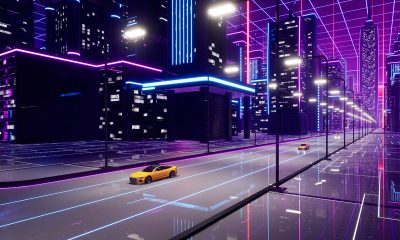
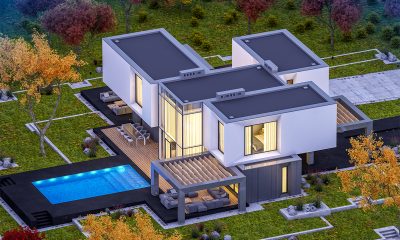

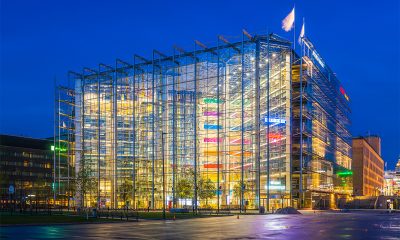


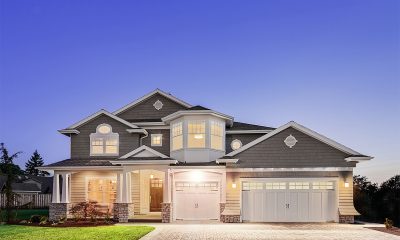
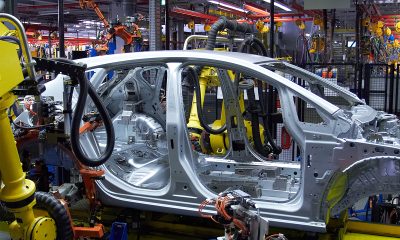
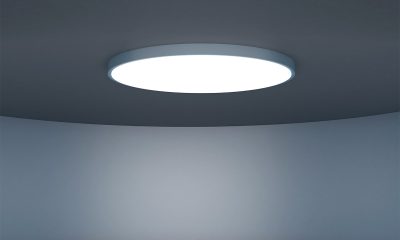





Loading...